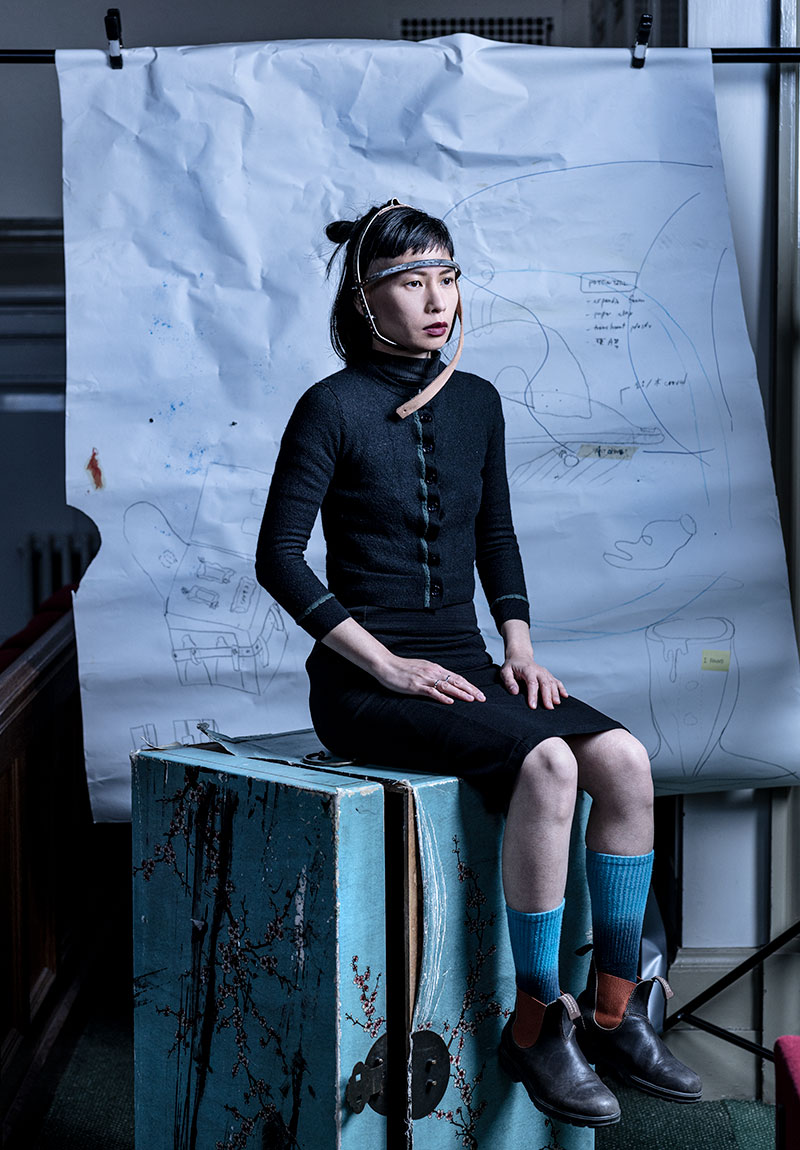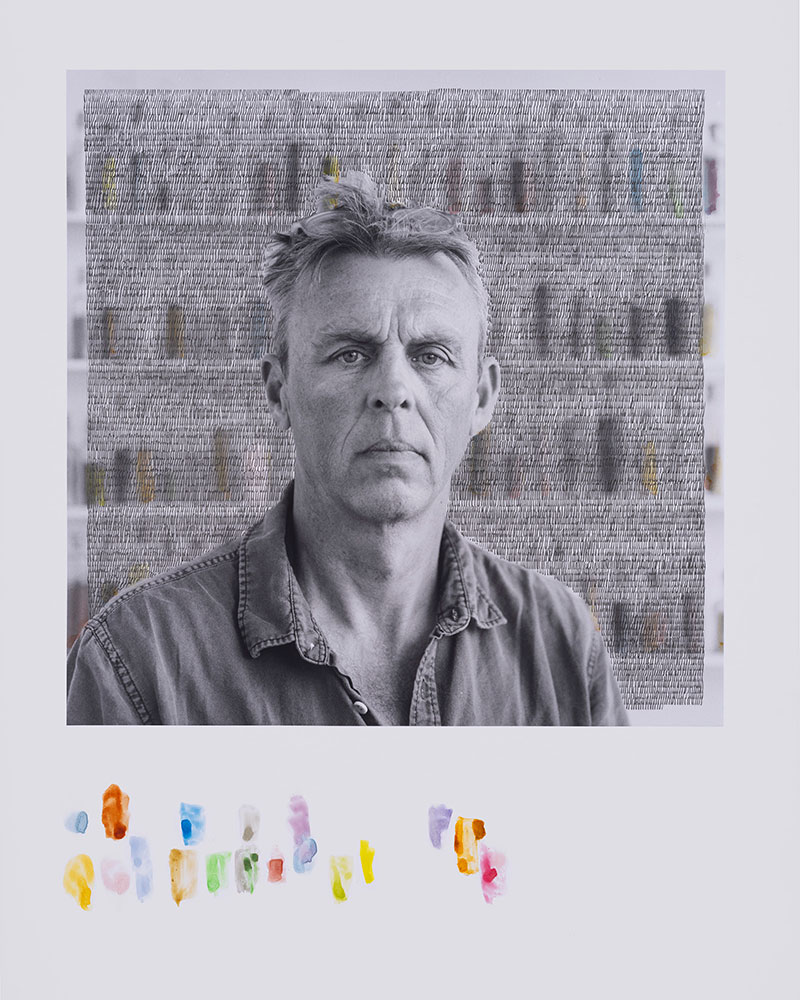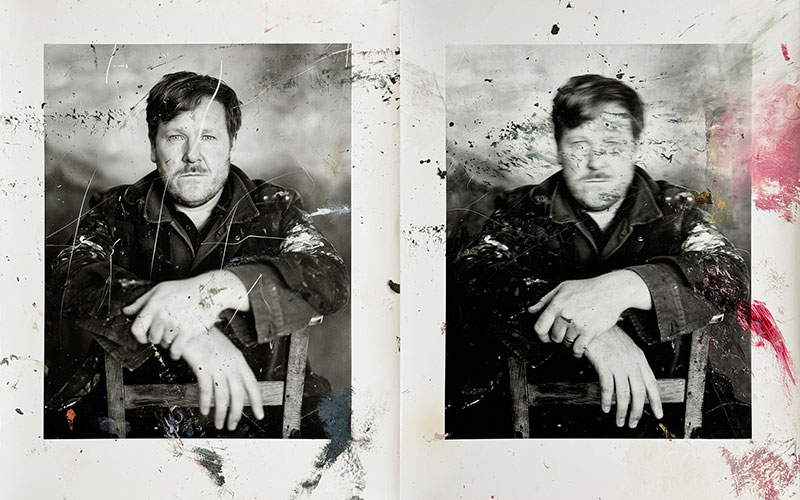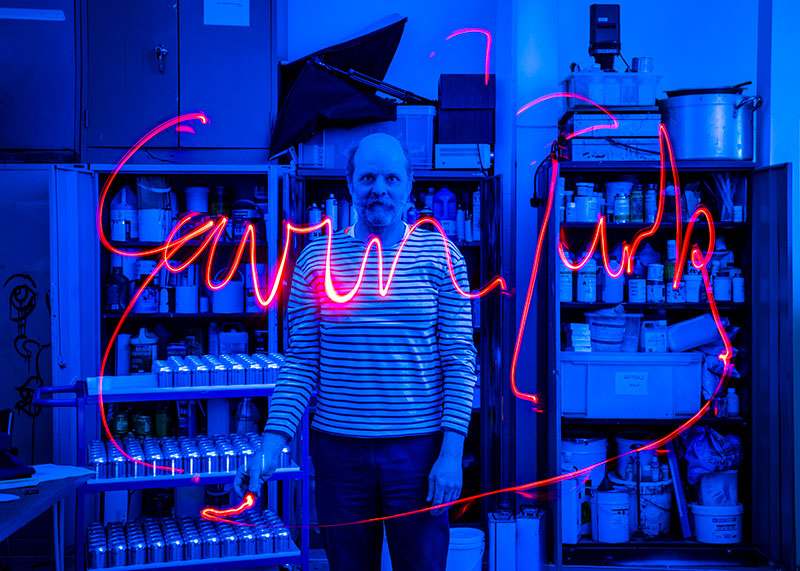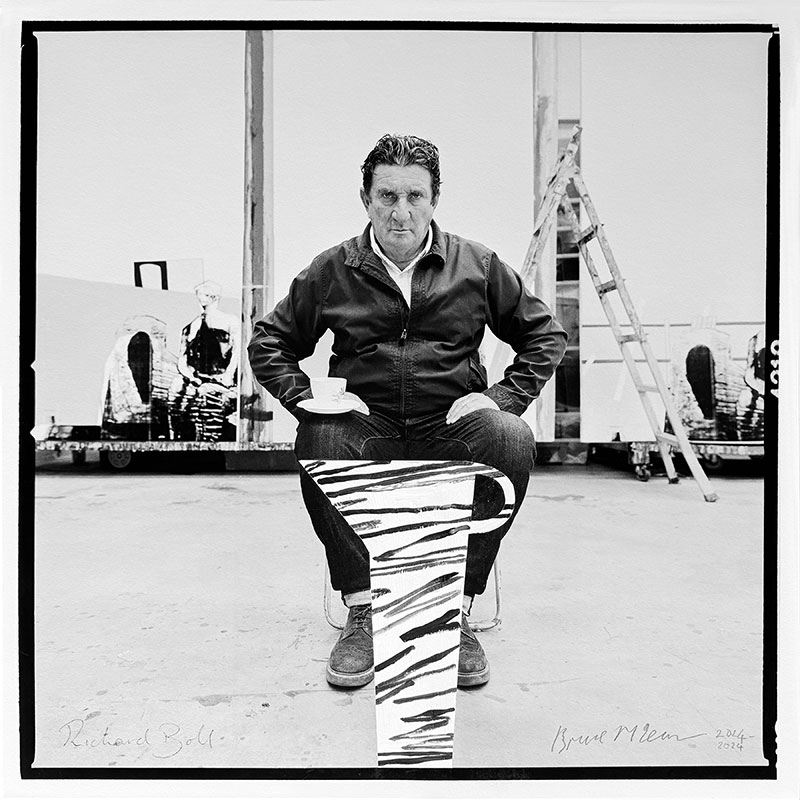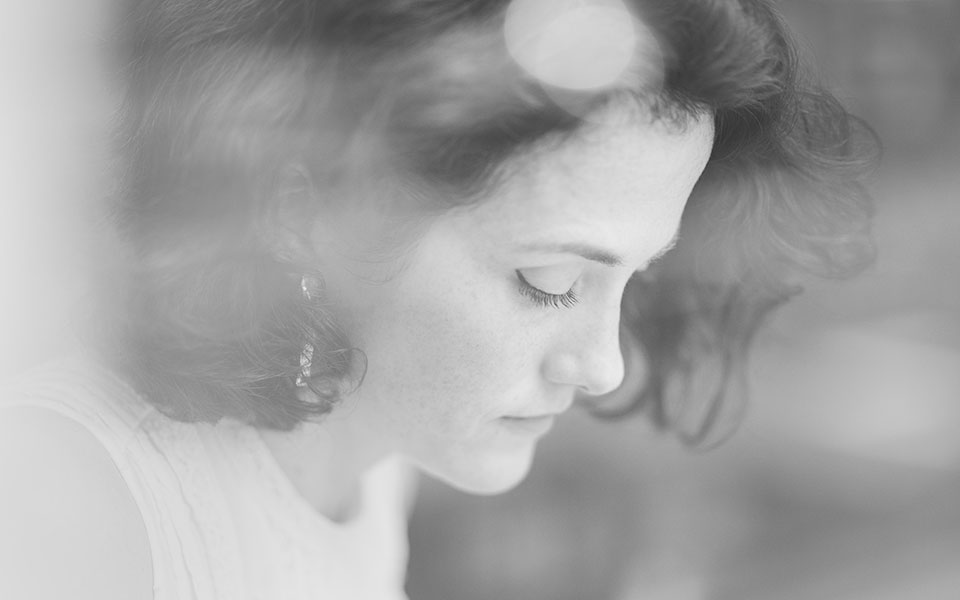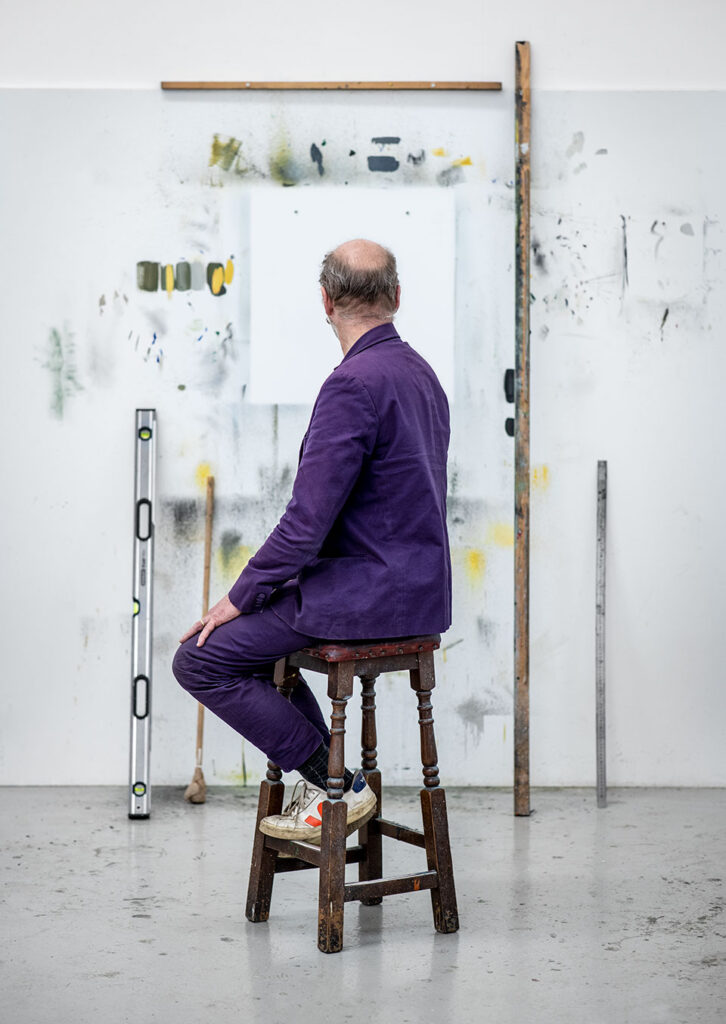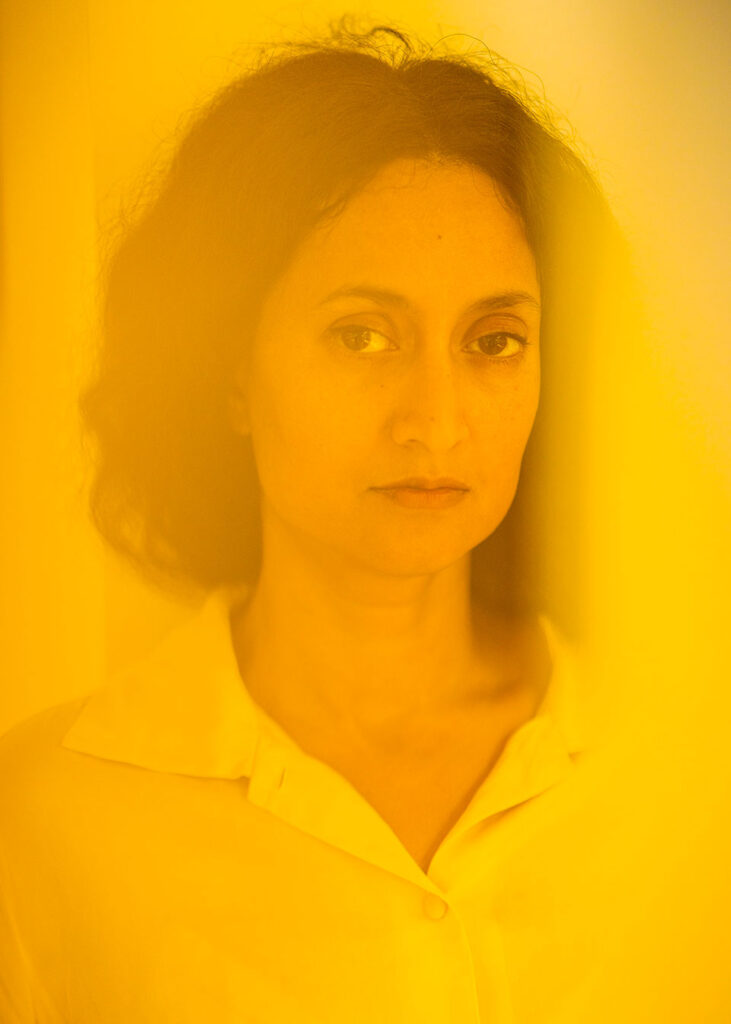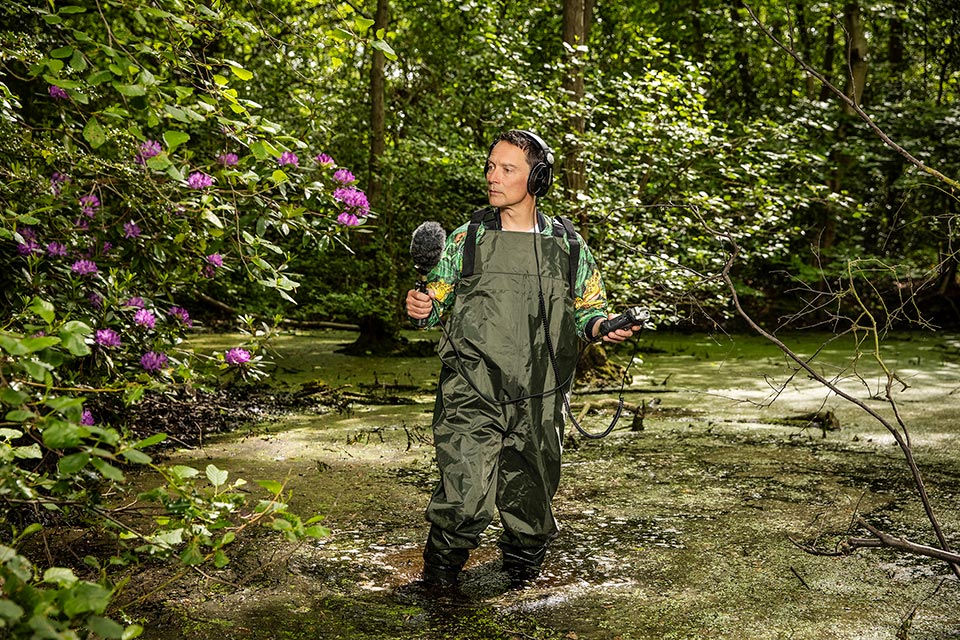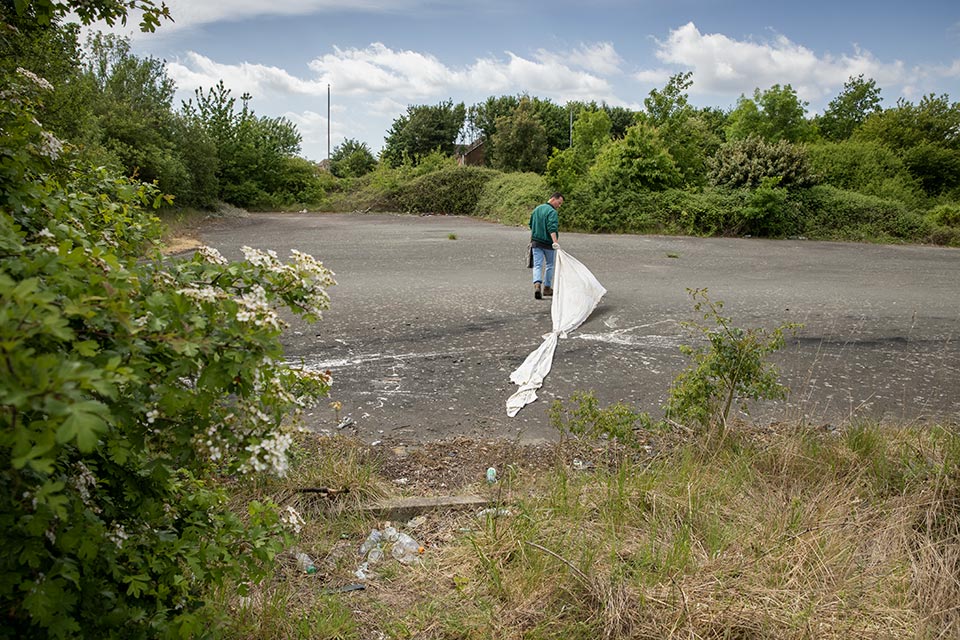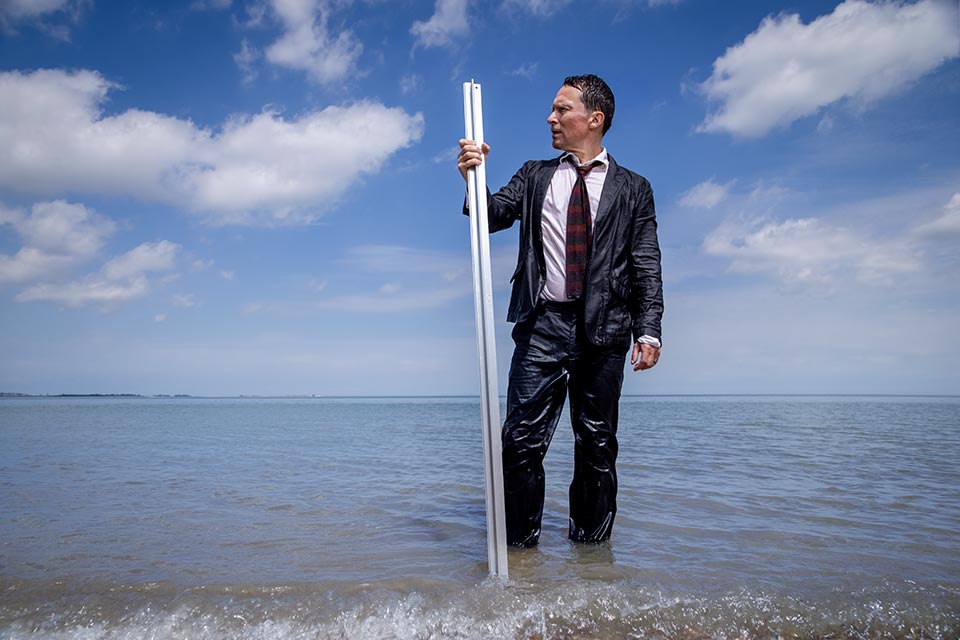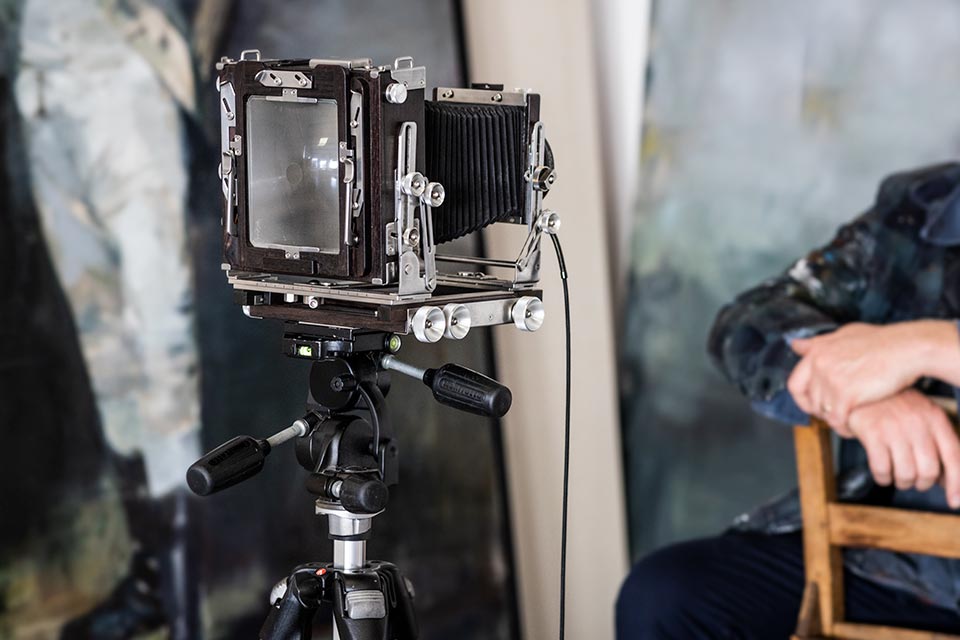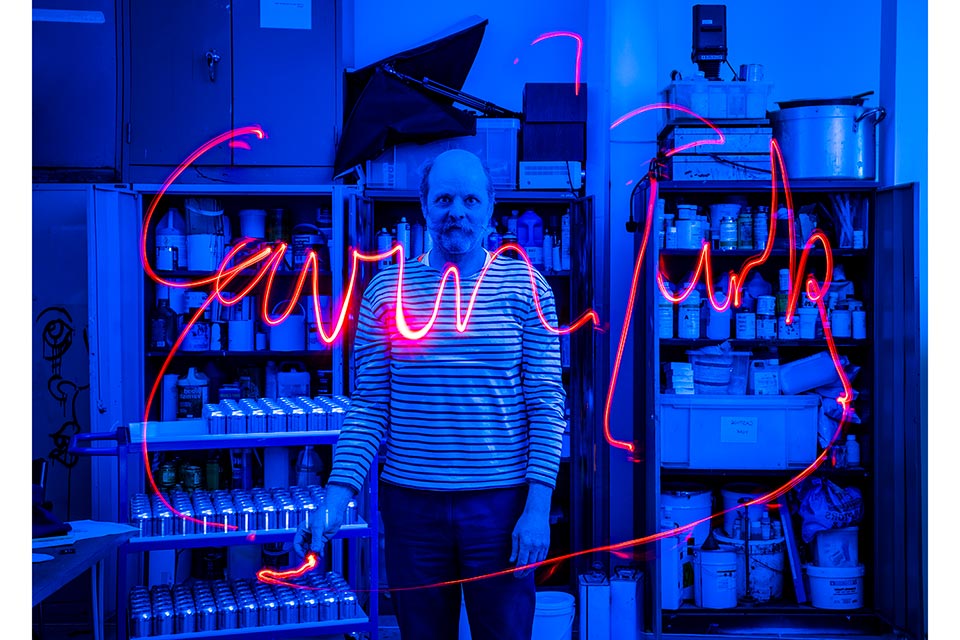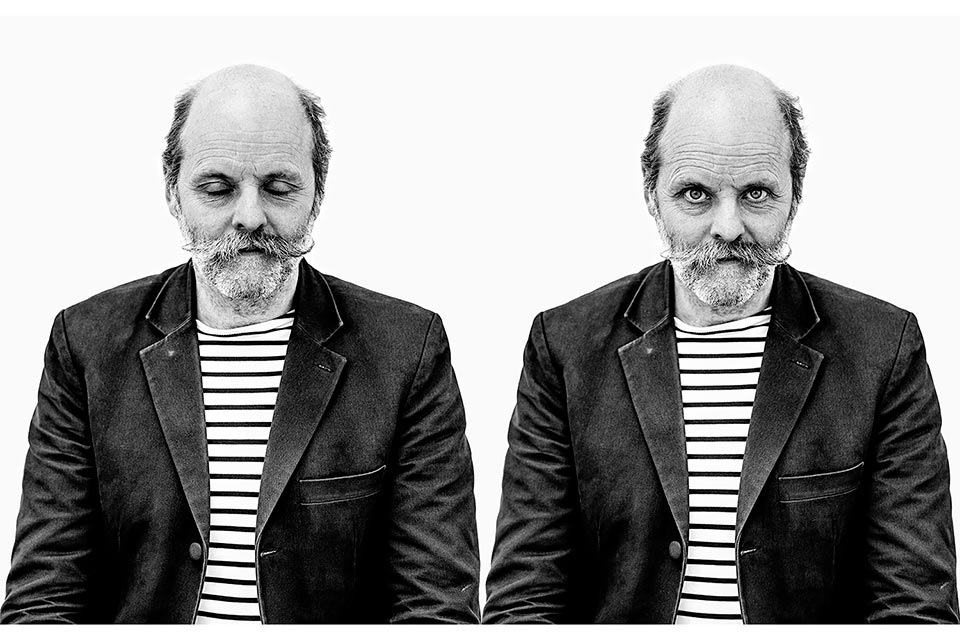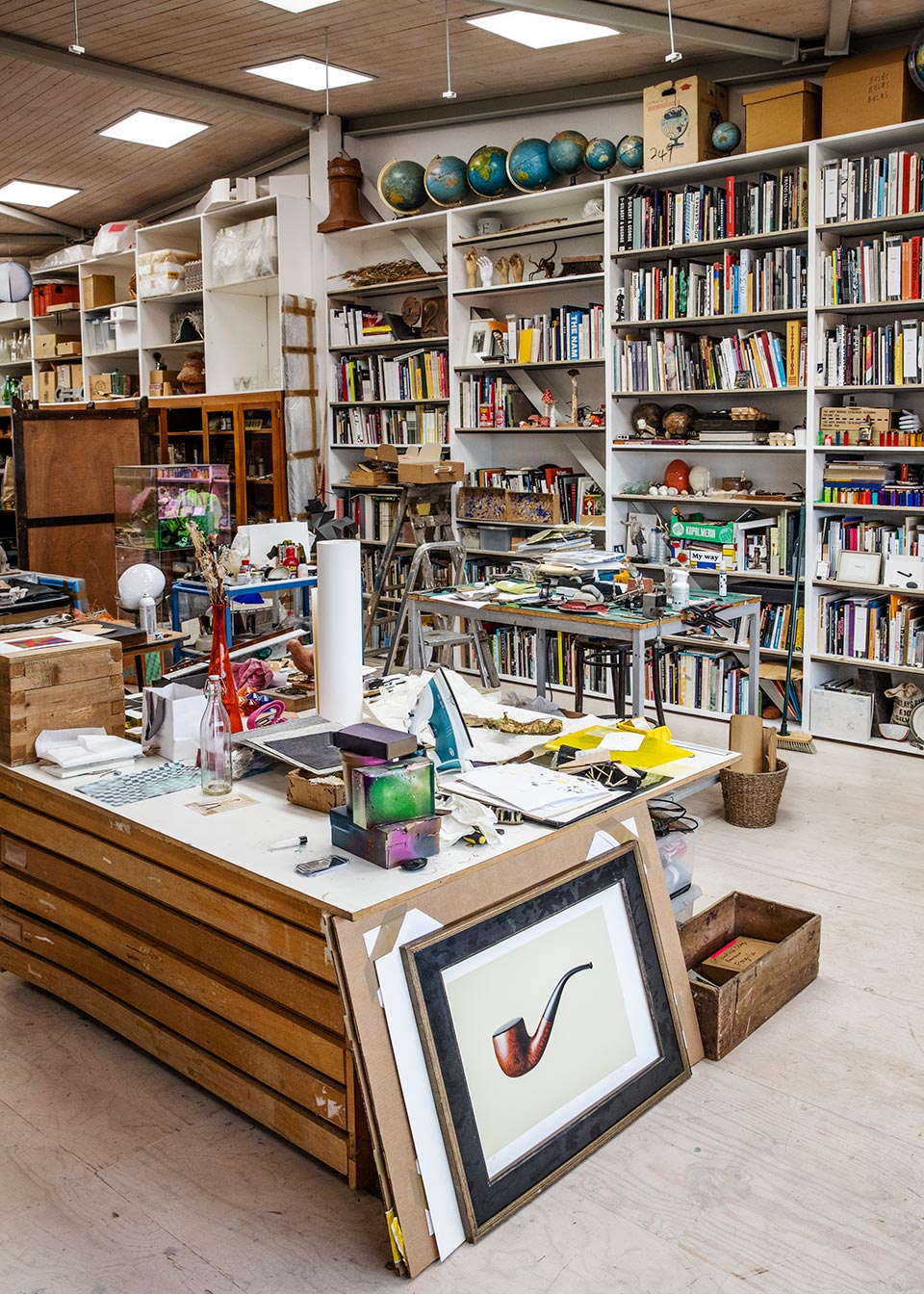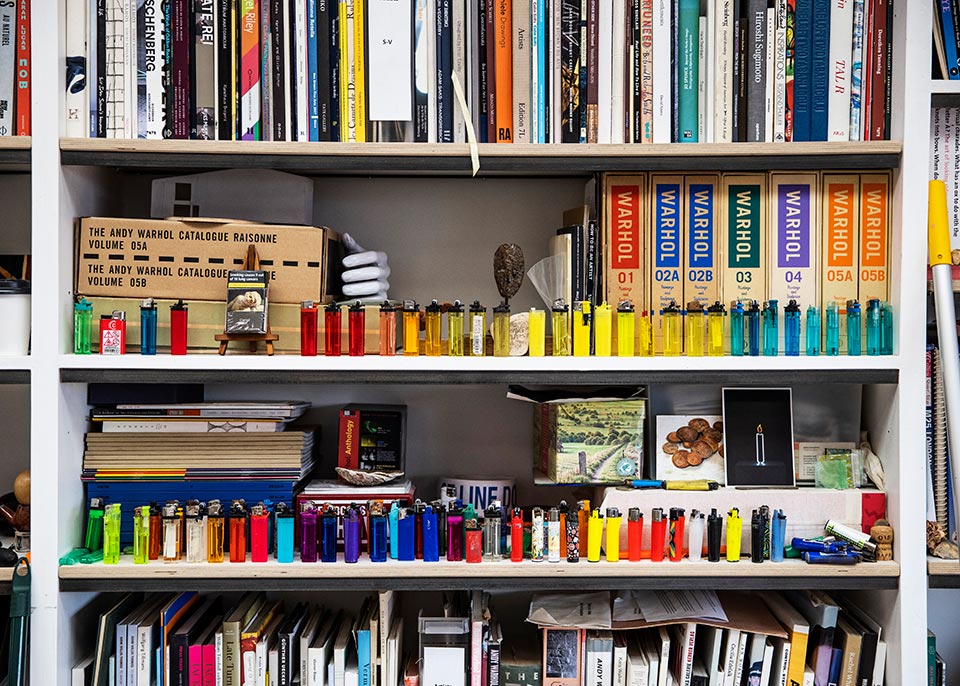I was introduced to the experimental fine art photography of Harry Callahan at Edinburgh College of art in 1996. His quiet yet profound approach to image-making stood out to me, particularly his ability to transform everyday subjects into deeply personal, abstract, and poetic compositions. His relentless experimentation with light, form, and technique challenged my understanding of what photography could be.
Callahan was not a photographer who sought fame or recognition; rather, he worked diligently and privately, refining his craft and allowing his images to speak for themselves. His work is often described as introspective and deeply personal, offering a sense of intimacy that is rare in photography. Despite his experimental nature, there is a quiet consistency throughout his body of work,a sense of deliberate observation and sensitivity to his surroundings.
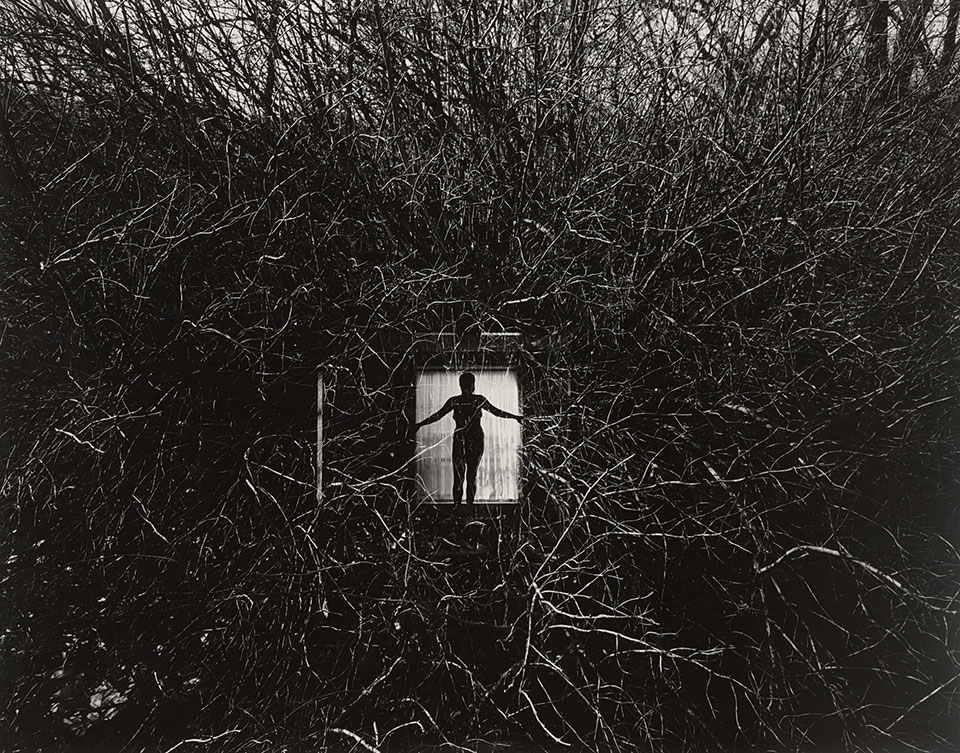
Eleanor, Chicago, 1951, Harry Callahan
Harry Callahan’s Unique Vision
Callahan’s images are deceptively simple. Whether photographing his wife Eleanor, urban architecture, or natural landscapes, he approached each subject with a unique sensitivity to light and structure. His compositions often teetered between realism and abstraction, demonstrating a masterful command of line, shadow, and negative space. He worked extensively in black and white, creating striking contrasts and high-key images that emphasised form over detail. He also experimented with colour, particularly in his later years, using vibrant hues to create abstract, painterly compositions.
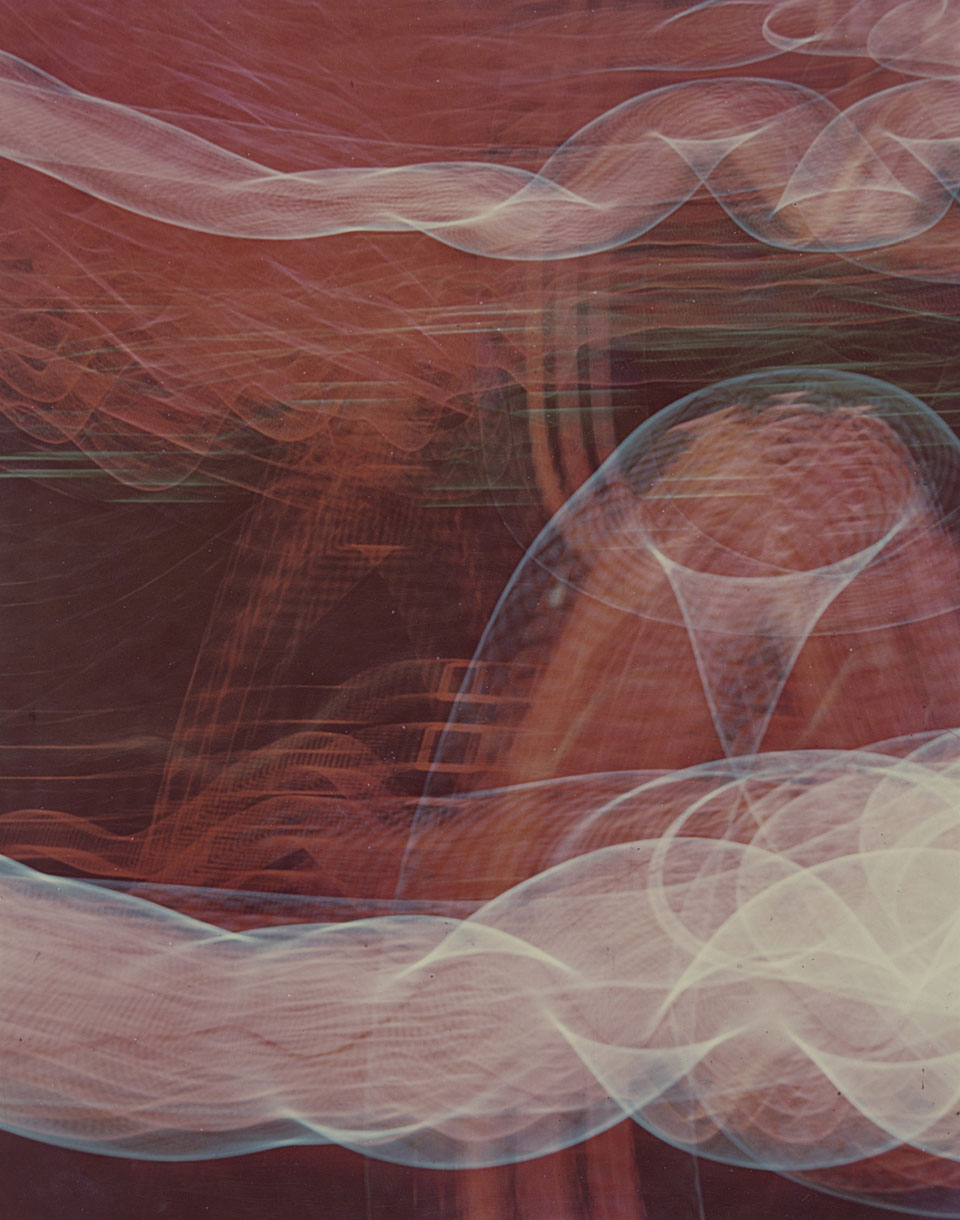
Abstraction, 1943 to 1947, Harry-Callahan
One of Callahan’s defining qualities as a photographer was his ability to find beauty in the everyday. A street scene, a shadow cast across a wall, or a lone figure walking through the city, these seemingly ordinary subjects became extraordinary through his lens. He had an uncanny ability to isolate elements of a scene, distilling them into their purest visual form. This reductionist approach set him apart from many of his contemporaries and solidified his reputation as a master of photographic abstraction.
Another aspect of his work that I find particularly inspiring is his dedication to pushing the boundaries of experimental fine art photography. Unlike many photographers who develop a signature style and stick with it, Callahan was constantly evolving, pushing the boundaries of what photography could achieve. He explored double and triple exposures, high-contrast prints, and unconventional framing techniques. His willingness to take risks and embrace imperfection resulted in images that feel both deliberate and spontaneous.
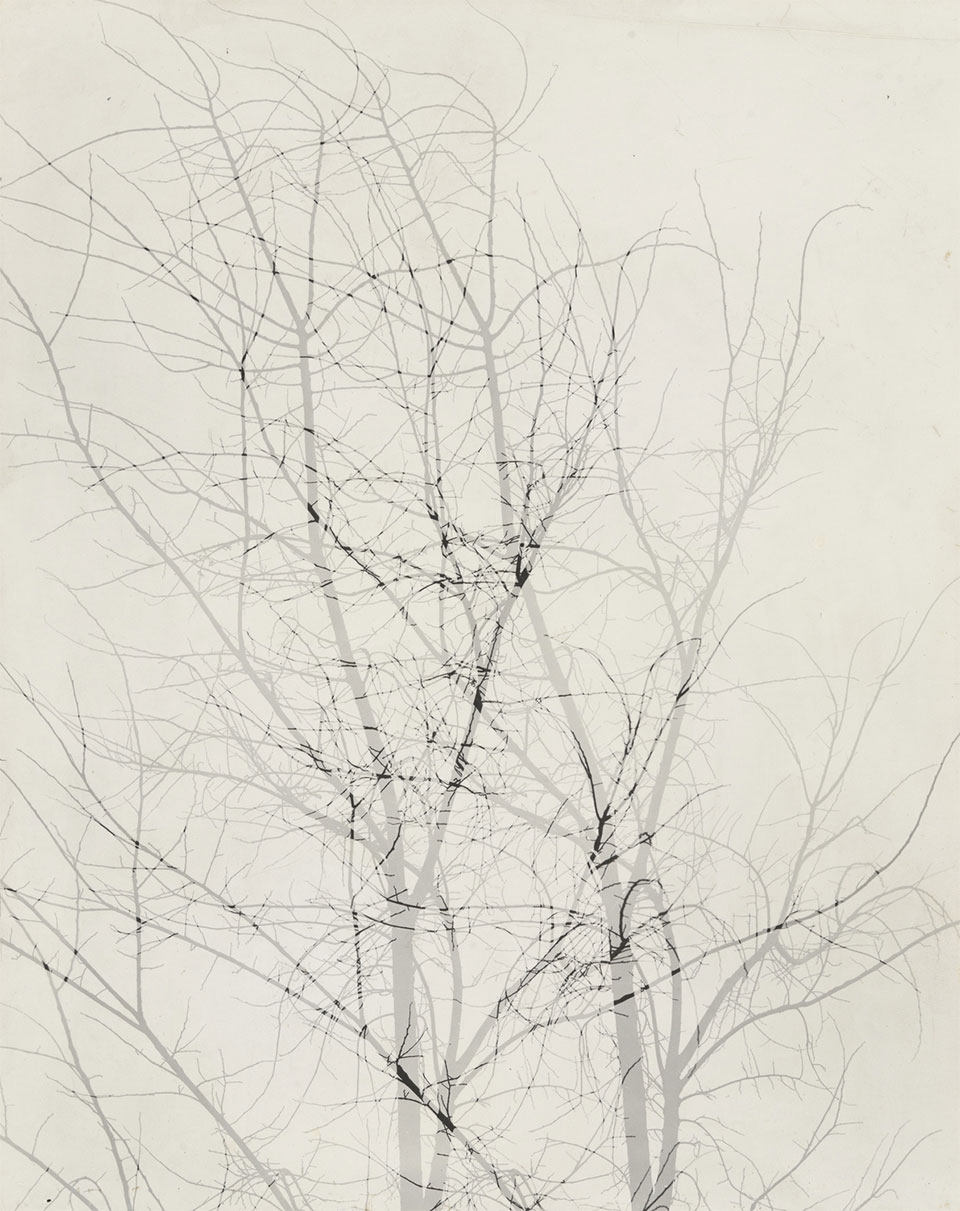
Multiple Exposure Trees, Chicago, 1956, Harry Callahan
The Influence of His Personal Projects
I continue to be inspired by the very personal nature of Callahan’s images. His most famous series features his wife, Eleanor, whom he photographed over decades in intimate, strikingly composed portraits. These images speak to his belief that photography was not just about documenting the external world, but about expressing something deeply internal.
Eleanor was Callahan’s most enduring subject. She appears in countless photographs, sometimes nude, sometimes surrounded by natural landscapes, sometimes silhouetted against a city skyline. There is an undeniable tenderness in these portraits, a reflection of the deep bond between photographer and subject. Through his lens, Eleanor became more than just a muse; she became a symbol of love, devotion, and the passage of time.
Beyond his portraits of Eleanor, Callahan also created fascinating images of urban landscapes, particularly in cities like Chicago, where he lived and worked for many years. His street photography was often minimalist, capturing solitary figures moving through vast spaces. These images, though devoid of overt emotion, possess a haunting quality, evoking themes of isolation and transience.
His nature photography, on the other hand, reveals a different side of his artistic vision. Unlike the stark lines and geometric compositions of his cityscapes, his landscapes are fluid and organic, often blurring the line between reality and abstraction. His multiple-exposure photographs of trees, for example, transform simple natural forms into intricate, layered patterns, reminiscent of delicate ink drawings.
The life of Harry Callahan
Harry Morey Callahan was born on October 22, 1912, in Detroit, Michigan. Unlike many of his contemporaries, he did not formally study photography. He initially pursued a degree in engineering at Michigan State University but dropped out to take a job at Chrysler Motors. It wasn’t until the late 1930s that he discovered his passion for photography.
Callahan was largely self-taught, learning the technical aspects of the medium through trial and error. His early inspiration came from Ansel Adams, whose work he encountered during a lecture in 1941. Adams’s precise, methodical approach to photography left a deep impression on Callahan, encouraging him to pursue his craft more seriously. He later credited László Moholy-Nagy, the Hungarian artist and teacher at the New Bauhaus in Chicago, as another key influence.
Callahan’s career took off when he joined the Institute of Design (ID) in Chicago, formerly known as the New Bauhaus, as both a student and, later, a faculty member. The Bauhaus philosophy emphasised experimentation and pushing the boundaries of artistic disciplines, which aligned perfectly with Callahan’s own approach to photography.
In 1961, he accepted a teaching position at the Rhode Island School of Design (RISD), where he would remain until his retirement in 1977. Throughout his tenure, he influenced countless students, encouraging them to explore their own artistic voices rather than conforming to conventional photographic techniques. Despite his quiet and reserved nature, he was widely respected as an educator and mentor.
Although Callahan never sought commercial success, his work eventually gained widespread recognition. He represented the United States at the Venice Biennial in 1978, and his photographs were exhibited in major museums, including The Museum of Modern Art (MoMA) in New York. In 1996, he was awarded the National Medal of Arts, one of the highest honors given to American artists.
Callahan passed away on March 15, 1999, leaving behind a vast and diverse body of work that continues to inspire photographers today.
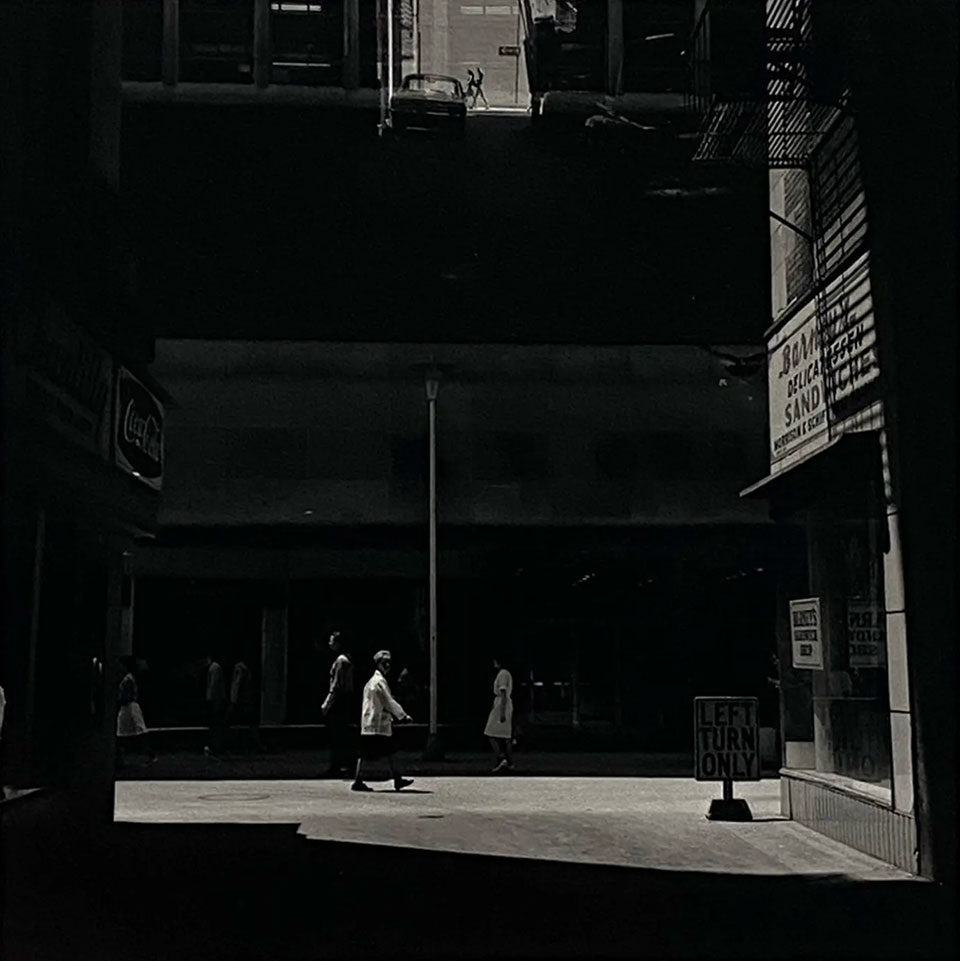
Street Scene with Left Turn Only Sign, 1950 to 1960, Harry Callahan
Callahan’s Legacy and the Influence of his experimental fine art photography
Callahan’s ability to blend personal expression with experimental fine art photography has had a profound impact on generations of photographers. His images remind us that great photography does not require grand or elaborate subjects, rather, it is about seeing the world with fresh eyes and finding meaning in the ordinary.
His work also serves as a reminder of the importance of patience and discipline in artistic practice. Unlike many photographers who chase fleeting trends, Callahan remained dedicated to his own vision, refining and evolving his approach over decades. His commitment to daily shooting, often taking a roll of film every day, regardless of external circumstances, demonstrates the power of consistency and perseverance in creative work.
Today, as I navigate my own photographic journey, I find myself returning to Callahan’s images time and time again. Some of my personal fine art projects that are influenced to some extent by Harry Callahan’s photography can be seen here. His ability to balance abstraction with emotion, simplicity with depth, continues to shape my perspective on photography. Whether capturing a fleeting moment on the street or composing a more deliberate, introspective portrait, his work reminds me that photography is not just about what we see, it’s about how we see.
For those interested in exploring Callahan’s work further, I highly recommend visiting collections at institutions such as The Art Institute of Chicago or The Museum of Modern Art in New York. His photographs remain a testament to the enduring power of simplicity, vision, and unwavering dedication to both art and craft.
